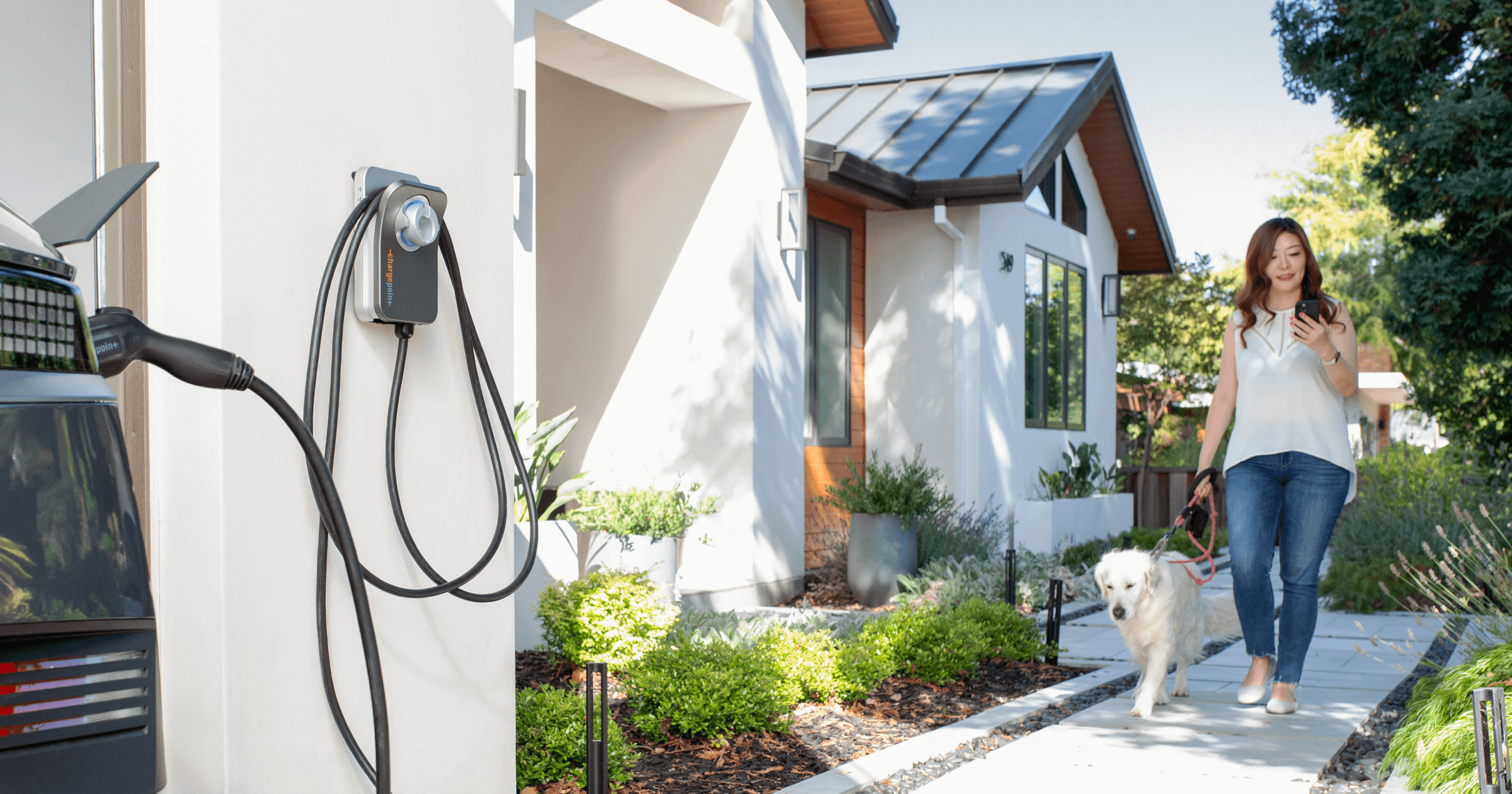A NEMA 15-40 outlet will draw 32 amps so the maximum is 7.68 kW per hour. I like to use kW instead of miles because miles are subjective - depends on car efficiency, outside temp, how aggressively you drive, etc. In a Dream Edition 118 kW battery, it would take 15 hours to charge from 0 to 100% (118 kW / 7.68 kW per hour). However you are never charging from completely empty to completely full. A more realistic 20 to 80% charge would take ~71 kw of energy or 9.1 hours of charging at 32 amps.do you know what speed you would get with a 15-40 outlet? how many miles per hour of charging?
For various level 2 charging amperages in a 240 volt outlet , the time to add 70 kW in a Lucid battery:
32 amps (many home charger units) = 7.68 kW per hour = 9.1 hours
40 amps (NEMA 14-50; Lucid mobile charger and other home charger units) = 9.6 kW per hour = 7.3 hours
48 amps (hardwired in a 60 amp circuit, several home chargers) = 11.52 kW per hour = 6.1 hours
50 amps (hardwired in a 70 amp circuit, Max output for ChargePoint Flex home charger) = 12 kW per hour = 5.8 hours
80 amps (Lucid Home Charger and some Clipper Creek chargers in a 100 amp circuit) = 19.2 kW per hour = 3.6 hours

